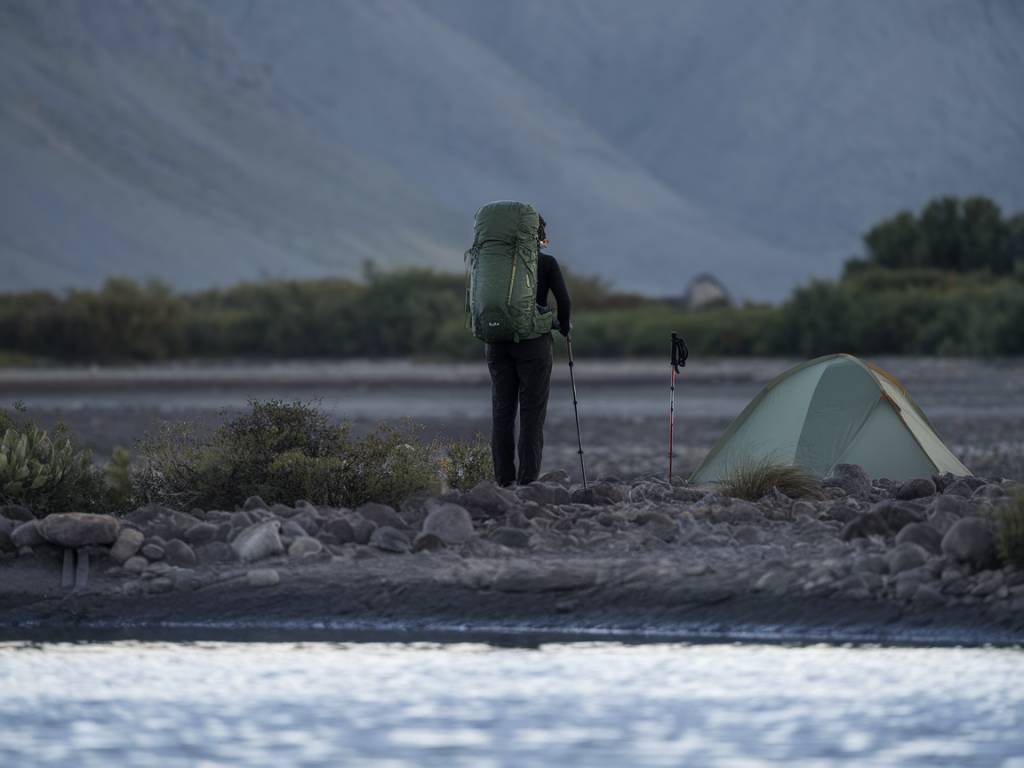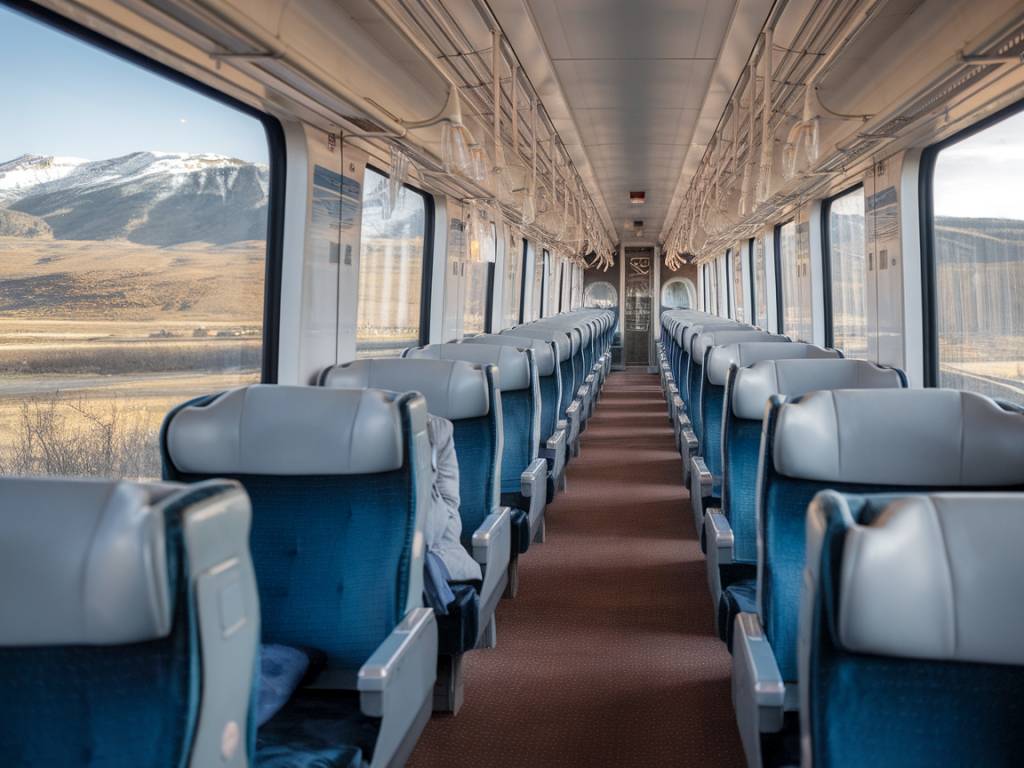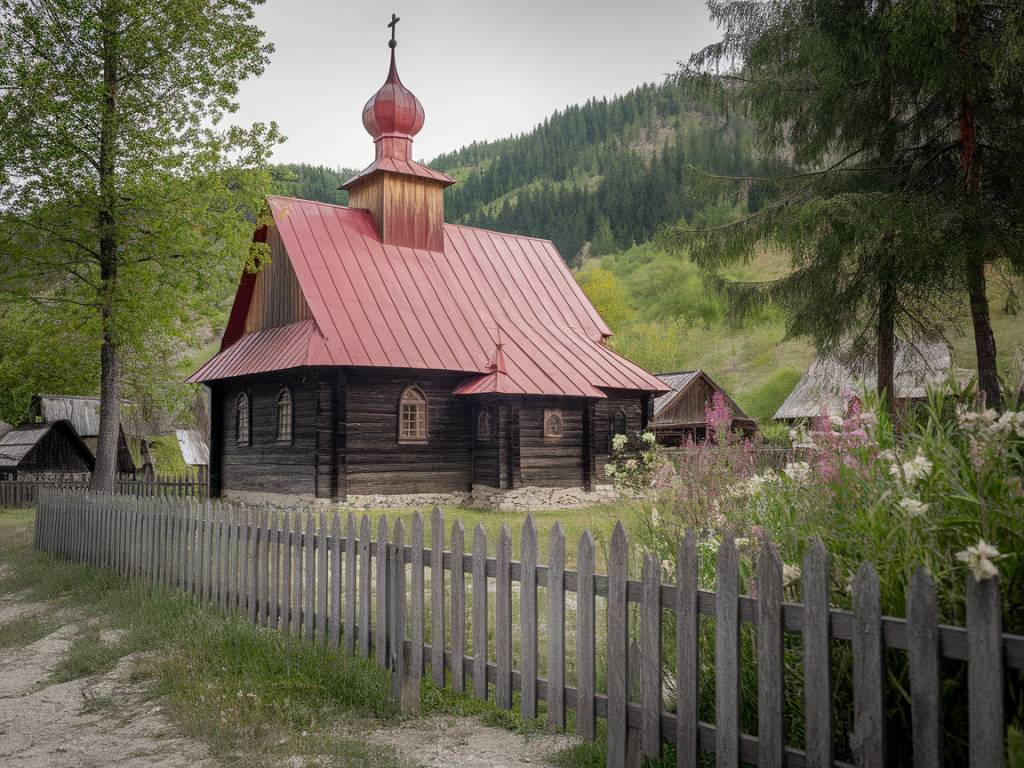Slow travel is not just a passing trend; it’s becoming a lifestyle choice for many globetrotters in 2024. As the world emerges from a period of restrictions and fast-paced living, more travelers are opting for a slower, more meaningful approach to exploring new destinations. This trend offers a contrast to the whirlwind tours and brief city visits that dominated pre-pandemic travel agendas. But why is slow travel the new travel trend of 2024?
Understanding the Concept of Slow Travel
The essence of slow travel lies in the journey rather than the destination. Unlike traditional tourism, which often focuses on ticking off as many attractions as possible, slow travel encourages travelers to immerse themselves in their surroundings. This means spending more time in fewer places, truly experiencing local cultures, foods, and lifestyles.
Slow travel isn’t about the mode of transportation, but the philosophy behind it. It promotes a deeper connection with the environment, minimizing the environmental impact, and often incorporates sustainable travel practices. Intrinsically linked to this trend is the emphasis on meaningful interactions and authentic experiences.
The Benefits of Slow Travel
Slow travel offers numerous benefits that appeal to a broad range of travelers. Here are some key advantages:
- Deep Connection with Local Culture: Spending more time in one place allows travelers to engage more authentically with local traditions and communities.
- Reduced Environmental Impact: Longer stays and the use of local transportation options can lower a traveler’s carbon footprint.
- Cost-Effectiveness: Prolonged stays often mean better deals on accommodation and transport, allowing travelers to make the most of their budgets.
- Personal Well-being: Traveling at a slower pace reduces stress, allowing for a more relaxing and rejuvenating experience.
- Quality over Quantity: By focusing on meaningful experiences rather than a packed itinerary, travelers can create lasting memories.
How to Embrace Slow Travel in 2024
Adopting a slow travel approach may require a shift in mindset and planning. Here’s how you can embrace slow travel in 2024:
- Choose Destinations Wisely: Opt for destinations that encourage longer stays and offer a variety of activities.
- Stay in One Place Longer: Consider extended stays in one or two locations rather than hopping from city to city.
- Use Local Transport: Immerse yourself in the local way of life by using local buses, trains, and other forms of transportation.
- Engage with Locals: Make an effort to learn from and interact with local communities, whether through language classes, cooking courses, or volunteer opportunities.
- Plan Less: Allow for spontaneity in your travels. Over-planning can detract from the slow travel experience.
Popular Slow Travel Destinations for 2024
Many destinations lend themselves perfectly to the slow travel philosophy. Here are some top picks for 2024:
- Tuscany, Italy: Known for its scenic countryside, vineyards, and historic towns, Tuscany offers ample opportunities for a slow-paced exploration of Italian culture.
- Kyoto, Japan: Renowned for its temples, traditional tea houses, and beautiful gardens, Kyoto is ideal for travelers wanting to immerse themselves in Japanese heritage.
- Patagonia, Argentina and Chile: This vast and remote region boasts stunning landscapes and endless opportunities for outdoor activities and eco-tourism.
- Provence, France: With its picturesque villages, lavender fields, and local markets, Provence is a haven for those looking to experience the charm of rural France.
- Bali, Indonesia: Beyond the tourist hotspots, Bali’s quiet villages and lush landscapes offer a peaceful retreat for slow travelers.
Sustainable Practices in Slow Travel
Sustainability is at the heart of slow travel, with many travelers seeking to minimize their environmental impact. Here are some sustainable practices to consider:
- Choose Eco-friendly Accommodations: Opt for hotels and guesthouses that prioritize sustainability through energy-efficient practices and waste reduction.
- Support Local Businesses: Spend your money at local restaurants, shops, and markets to boost the local economy and enjoy authentic experiences.
- Minimize Waste: Carry reusable items such as water bottles, shopping bags, and utensils to reduce single-use plastics.
- Travel by Land: Whenever possible, choose trains or buses over flights to reduce your carbon footprint.
- Participate in Conservation Efforts: Look for opportunities to volunteer or participate in conservation programs that protect local wildlife and habitats.
The Future of Slow Travel
As more people recognize the benefits of slow travel, this trend is set to grow in 2024 and beyond. Here are some future trends that may impact slow travel:
- Technology Integration: Apps and online platforms will continue to make it easier to plan and book slow travel experiences.
- Remote Work Opportunities: With the rise of remote work, more people will have the flexibility to travel slowly without taking time off from their jobs.
- Increased Focus on Wellness: Slow travel will increasingly incorporate wellness activities such as yoga retreats, meditation, and holistic health practices.
- Enhanced Travel Experiences: Companies will offer more curated and personalized slow travel packages, catering to individual interests and preferences.
- Greater Environmental Awareness: As environmental issues gain prominence, slow travel will attract those who are committed to sustainable and responsible tourism.
In summary, slow travel embodies a shift towards more meaningful, sustainable, and enriching travel experiences. As we move into 2024, this trend will likely continue to reshape the way we explore the world, offering new opportunities for connection, discovery, and personal growth.






